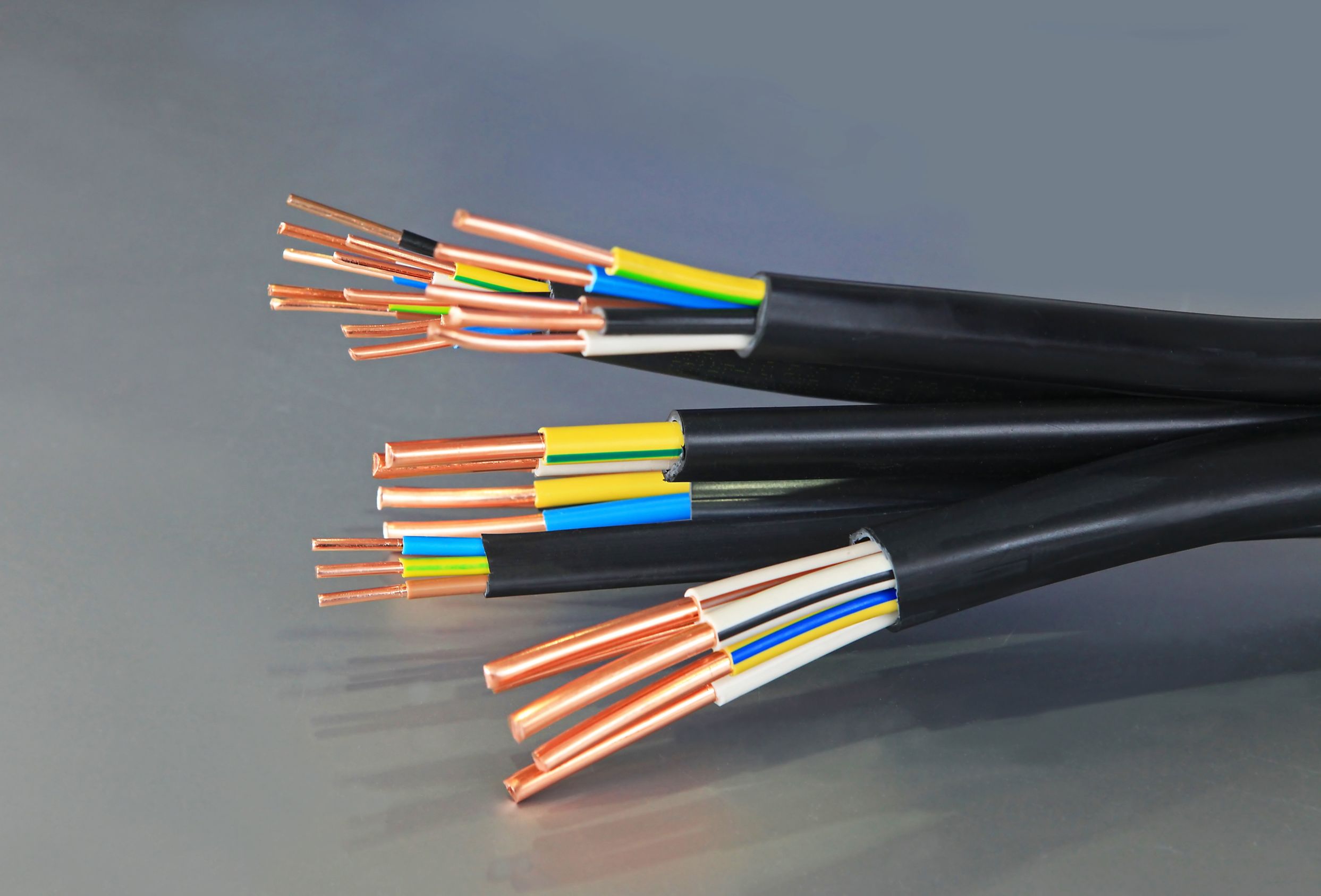Posted by admin , on Mar, 2016

An instrumentation cable is known as a diplomatic cable, according to the Oceanside Post. This fits because instrumentation cables are generally designed for use in communication and instrumentation processes. That’s why instrument cables are incredibly ideal for a variety of industries such as oil exploration, cement and paper. It’s also widely used in power generation, steel, and power applications, among others.
Power and Voltage
The voltages that an instrument cable can carry range from a few millivolts to ten volts.
Size Issues
An instrument cable doesn’t actually have to be huge. Getting ones that are about compatible with standard ¼ inch phone plugs work. After all, large cable diameters mean you’ll have to go looking for bigger plug barrels you can use. These barrels, though, don’t fit jacks that are too close together. Jacks in tight places get the same treatment.
Insulation
For instrumentation cables, the insulation material used is often PVC, one that comes with a nylon covering. Just make sure the covering meets the requirements of the referenced standards so there are zero problems. Individual conductors are often color-coded while paired conductors go with white and black. Triads, on the other hand, are often easily recognized since these go by the shades blue, red, and black. Both paired and triad conductors are numbered as well.
Jacket
Instrumentation cables typically come with a jacket, usually a black one made out of PVC. PVC is used to make sure the jacket meets the requirements stated for polyvinyl chloride in ICEA. The average thickness is also compliant with ICEA standards. For the minimum spot thickness, the recorded figure must never be less than 80 percent of the average thickness. In addition to these qualities, the jacket also has to be resistant to sunlight to ensure less wear and tear and little to no risk of a premature breakdown.
Conclusion
Given the reliance of today’s manufacturing operations on electronic circuitry, the need to make sure the process is accurate and that there are no room for mistakes, you’ve got every reason to make sure you get top drawer instrumentation cable choices. It might be wallet-friendly to go for cheaper cables but they won’t guarantee safety, performance, and protection. By using cheap cables, you’re not just compromising the operation; you’re also risking the safety and protection of your team. So consider the long-term benefits instead of the short-term savings. You’ll end up thanking yourself in the future.
Instrumentation cables have very diverse applications, designed for communication & instrumentation. Custom Wire and Cable is a leading Instrumentation Cable Supplier, for quality cables Call (888) 813-6768.


